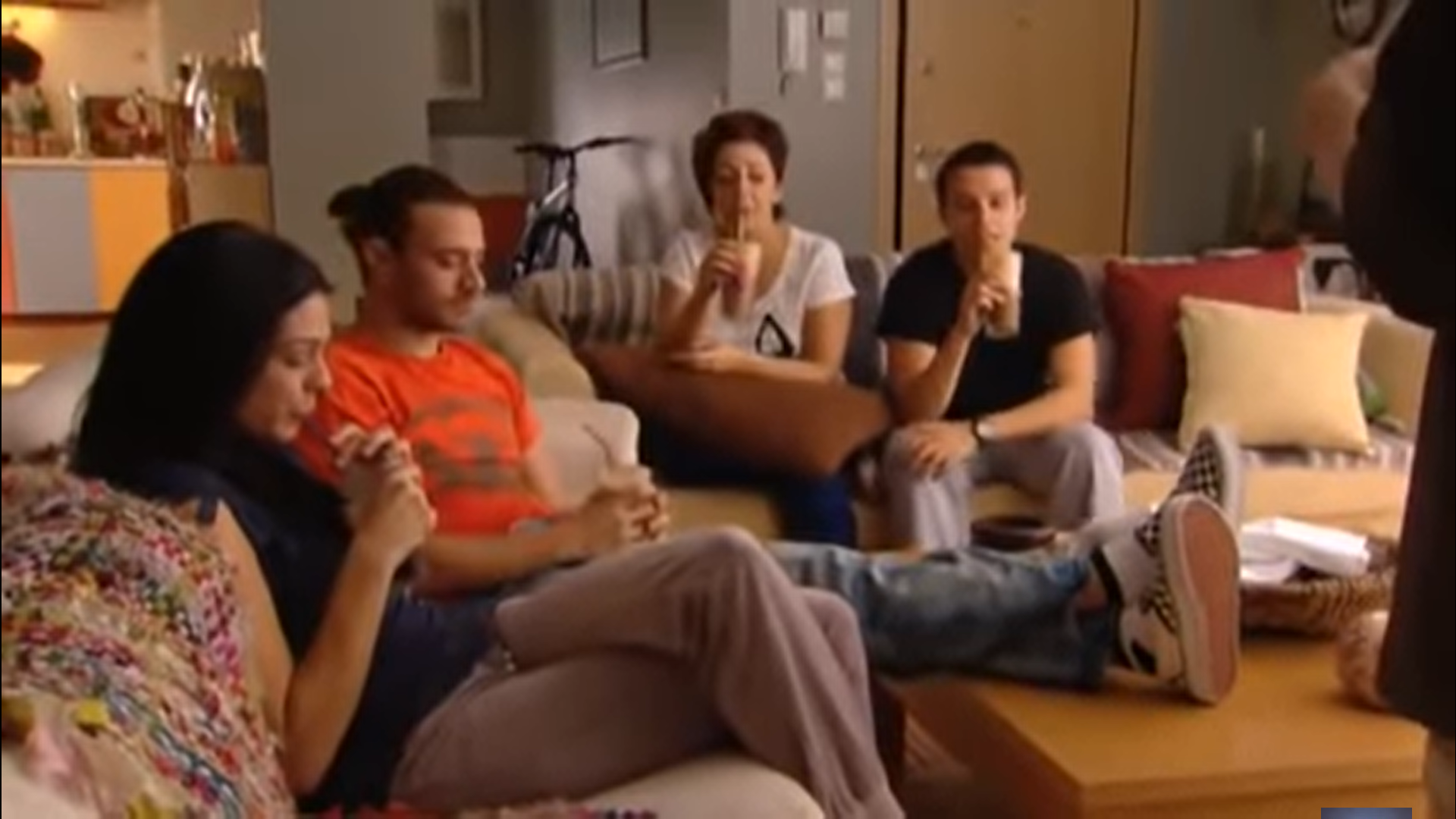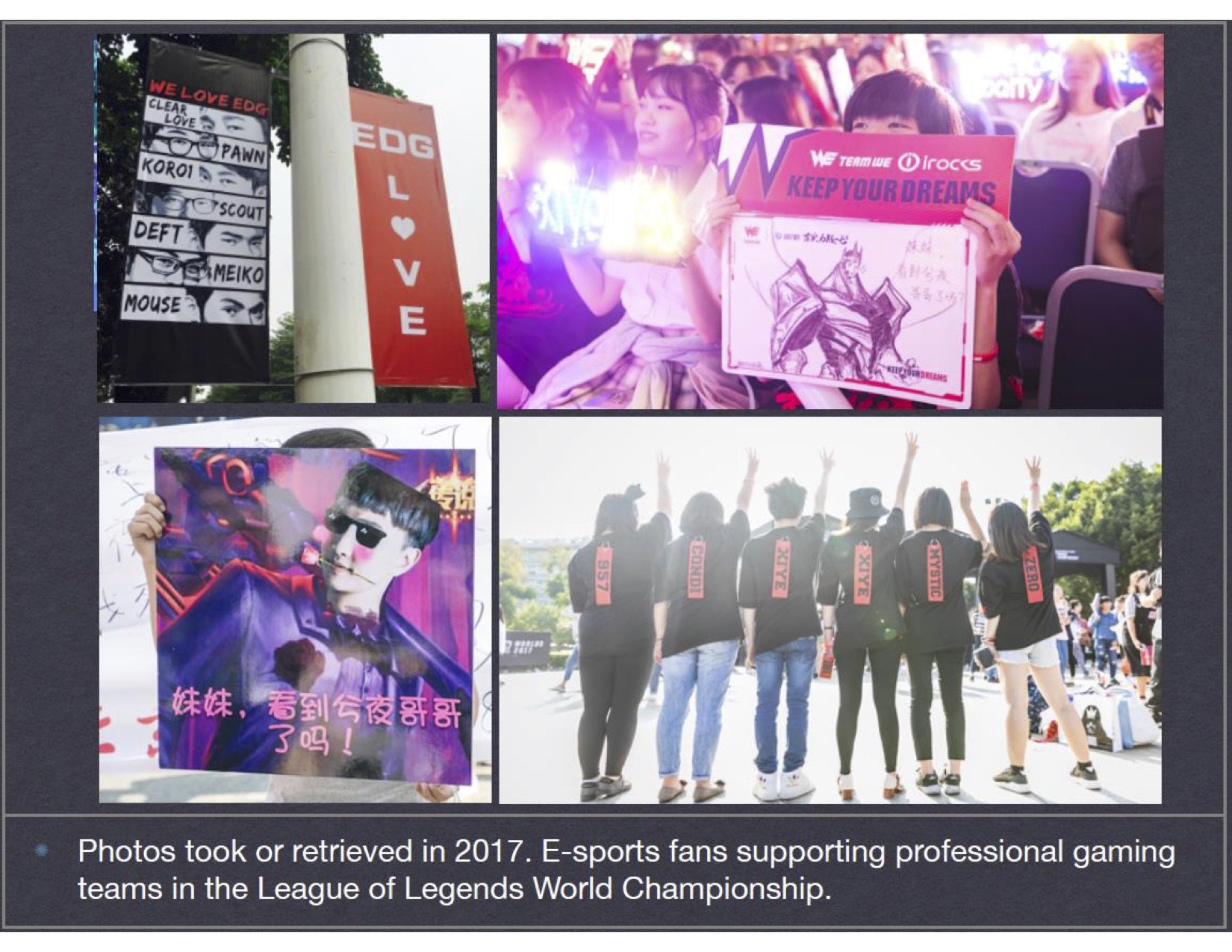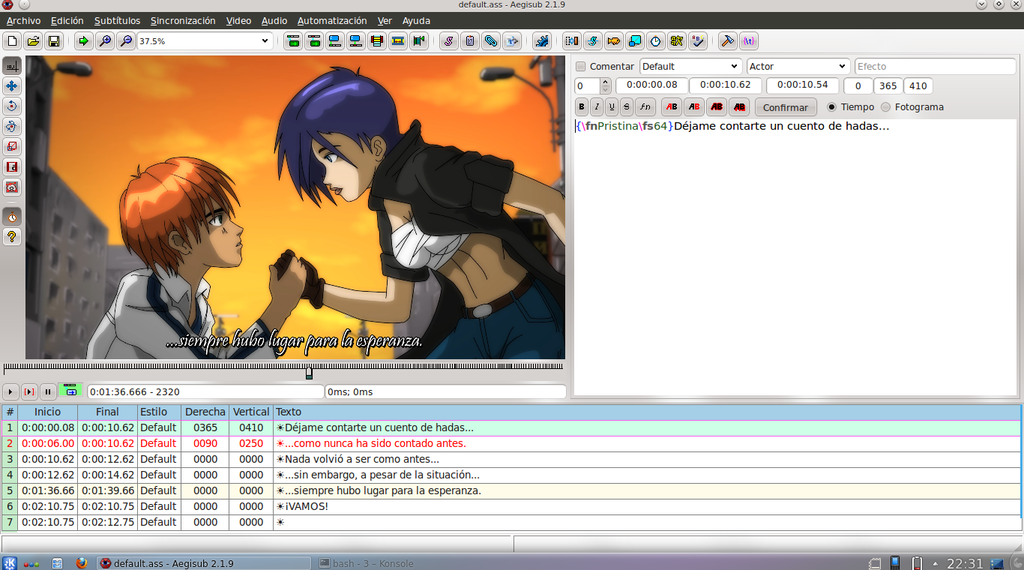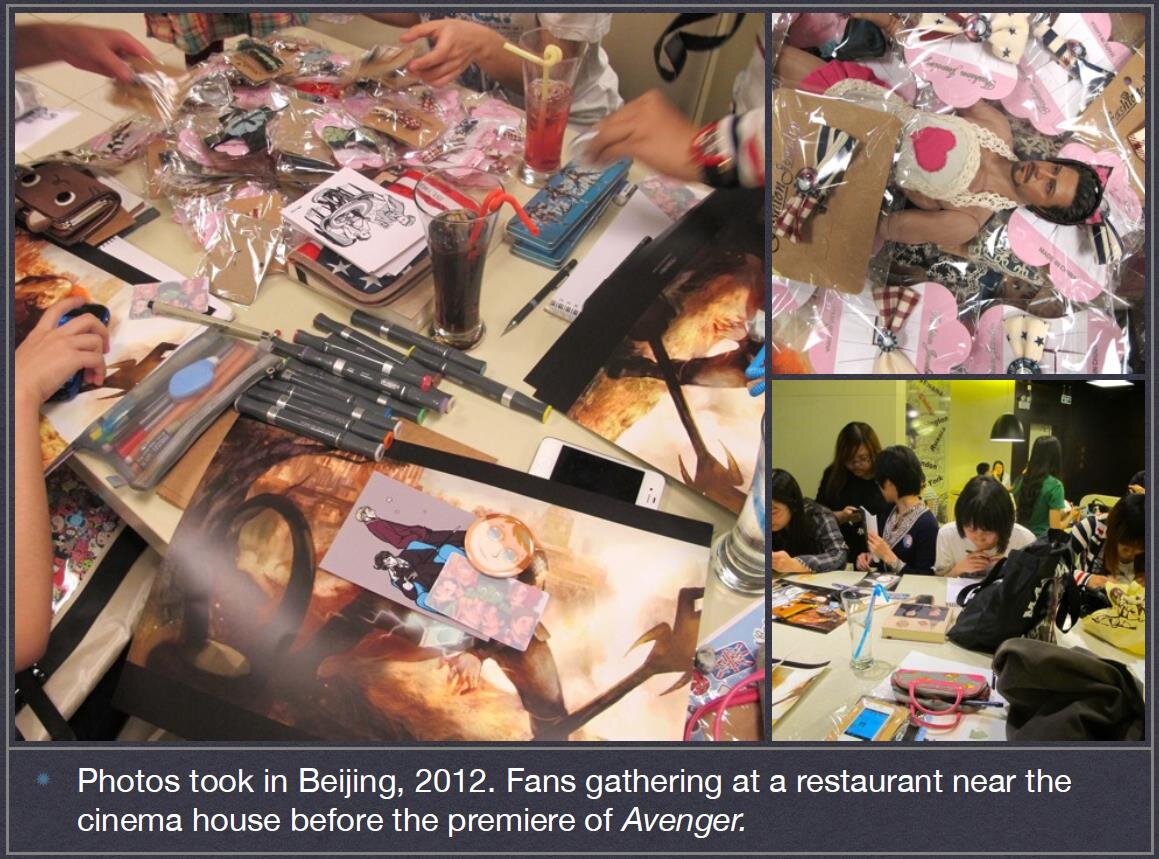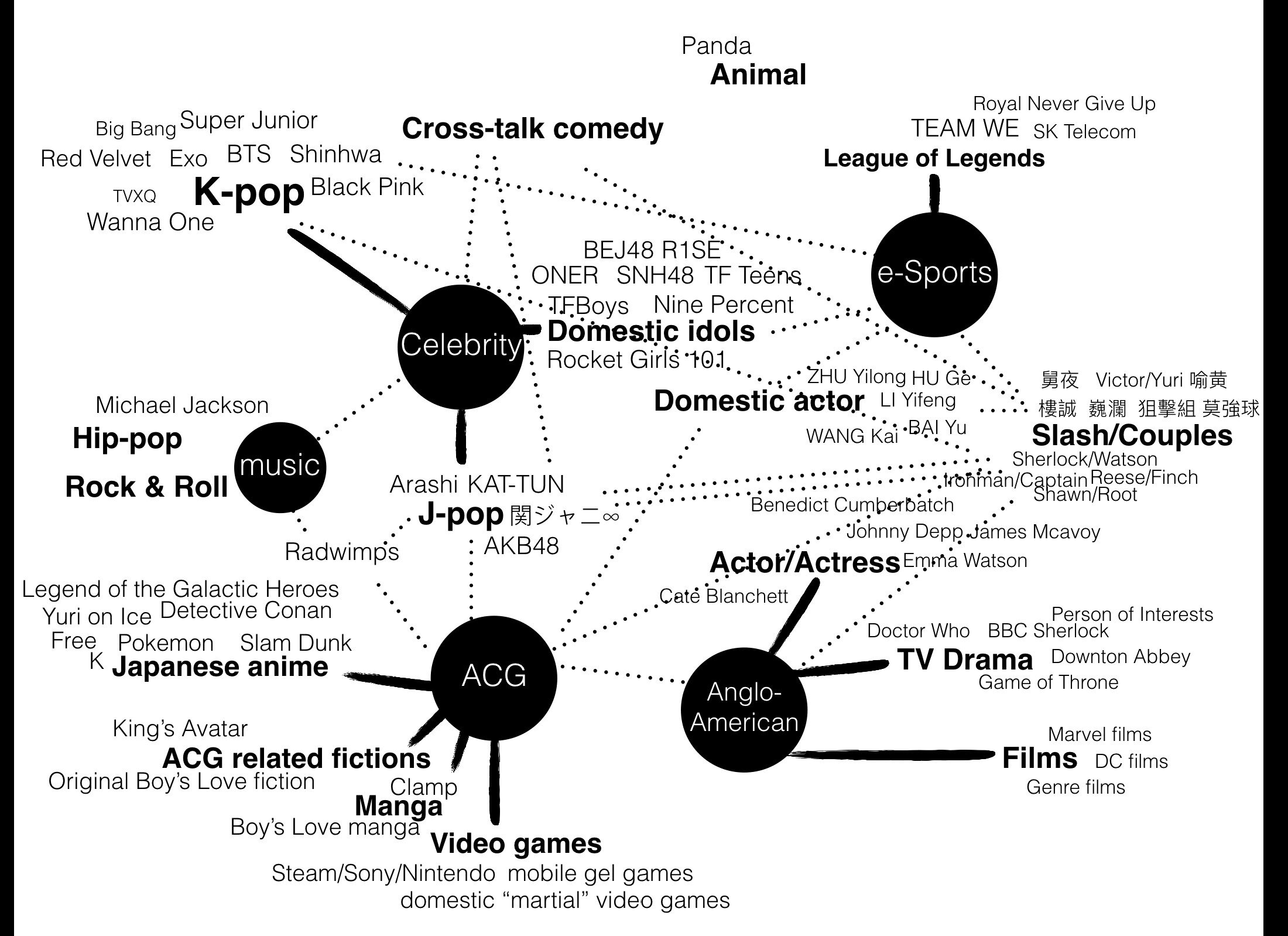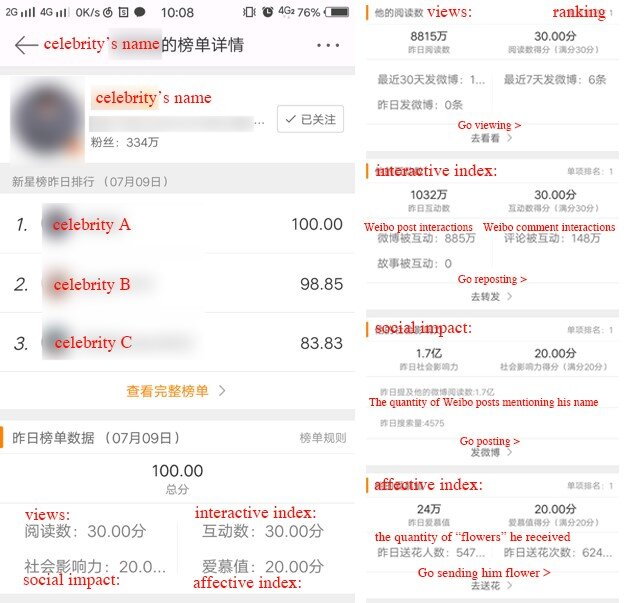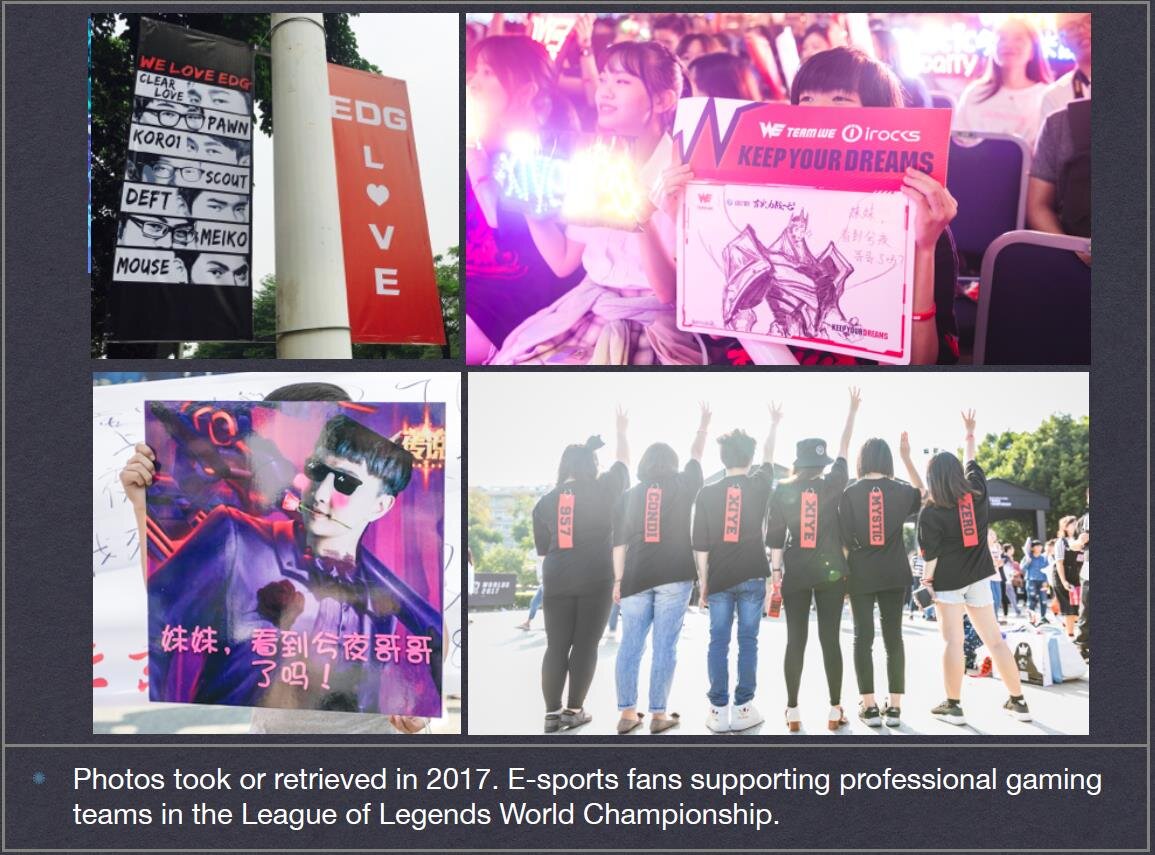Global Fandom Jamboree Conversation: Alexia Smit (South Africa) and Ioanna Vovou (Greece) (Part Two)
/Alexia Smit : Second response to Ioanna
Sometimes when writing about South African TV, I worry about the usefulness of my research for those who are not familiar with the context of South Africa. Ioanna your response has made me realise that I should put those worries to bed. Because, as you so beautifully explain, that TV fandoms are interesting precisely because of the tensions between local contingencies and “collective imaginaries”. I love this phrasing and it so well describes the rich repertoire of discourses that are enacted in fan cultures. These are not bound by a linear tension between centre / periphery, or a straightforward tension between local and global but rather by a much more complex and intersecting web of affinities, communities and material practices which produce TV culture.
The term “geopoetique” is perfect! (sounds like a great article title ;) ) And thank you for sharing with me MC Solaar! How perfect for this conversation that as a scholar in Africa, I am learning from my Greek colleague about this this great African born musician! Geopoetique indeed!
This conversation raises another question of how transnational fandoms are mediated by language. While I’ve written about the importance of local African languages in TV fandoms, I haven’t reflected as much on the transnational currency of English as a way of sharing fan activity. Much of the global and African TV I examine is linked by a shared use of the English language which is the result of English colonization of Africa. I am keenly aware of how little I engage with Francophone and Lusophone TV fandoms in Africa. I would love to know how you experience the negotiations around language and transnational culture. It strikes me that Greece does not have as extensive Greek speaking audiences abroad, compared to nations with more recent colonial history like Spain, France, Portugal and England. How big is the Greek diaspora? Does this hamper the extent to which Greek TV culture can travel via tv networks and fan communities. This makes me consider how, despite the flexibility and rapid changes of our era of global fandom, the conversations are still necessarily underpinned by colonial histories.
I was interested in the questions you raised about how themes such as love and romance are apparently universal and yet enacted in specific ways across programme texts and contexts. In particular I would love to carry on the conversation you raise about gender. I think reality tv texts perform such interesting work in terms of circulating ideas about gender across regions, and at the same time speaking to very particular ways in which these ideas are enacted in local settings. Here work by Simidele Dosekun (2015) on postfeminism as transnational culture might be brought into conversation with ideas about gender in tv fan cultures.
The bridal television shows that you mention (Don’t Tell the Bride, and A bride for my son [Mia nifi gia ton yio mou, [Μια νύφη για τον γιο μου, Aplha TV, 2010]) are great examples of the “collective imaginary” you discuss. Via reality tv franchising, reality television programmes bring a kind of global bridal culture to a dispersed range of fans across many national contexts. All share to some extent in a certain neoliberal and postfeminist sensibility about weddings as exercises of personal self-expression through consumption. And yet when the formula of the bridal show is enacted in different national contexts, this collective imaginary comes into conversation with local experiences. I am fascinated in the many ways this imaginary converses with local cultures, at times amplifying gender cultures locally and at other times coming into contradiction with local realities and mores (which are in themselves constantly shifting). This reminds me of your point about the tension or ‘paradox’ between this global collective and the importance of locality for fan communities. I think reality fandoms can be understood as a key site at which local and global modes of belonging are negotiated.
The second part of your response deals with questions of diversity. I agree it would be hugely interesting to study how ideas about what constitutes “diversity” are negotiated in different fan communities across different national contexts. The recent backlash about casting in the South African franchise of Love Island is a fascinating case from South Africa. I agree that this would make for a wonderful study and is perhaps something we could take forward.
Finally, I enjoyed your description of how unstable the categories of backchannel and primary channel may become in fan culture. What you describe as the ‘oscillation’ of fans between primary texts and fan-made media ideas is fascinating because it asks us to question the differing levels of inclusion and access involved in textual reading and fan practice. In South Africa the extreme disparities in income within the population mean that access is always an important question driving the way fan engagement works. It would be fascinating to consider how this works in another nation and I agree it would make for a great study!
Thank you so much Ioanna for this opportunity to reflect with you on fandom! It has been invigorating to think through my work from your fresh insights. I am excited both by the commonalities between our approaches and concerns and by the points of difference produced by our contexts.
References
Dosekun, Simidele. "For western girls only? Post-feminism as transnational culture." Feminist Media Studies 15.6 (2015): 960-975.
Ioanna: Second response to Alexia
Global Fandom as in Politics?
As I am considering ways to pursuit our discussion and expand our research encounters in the future, dear Alexia, I would like to focus on two points that I think are running through your answer: a) the question of identity related to an engagement with global media products –even in their local variations; and b) the ironic dimension introducing a playful reception register. I would try to discuss these points departing from specific examples, not exhaustive nor exclusive ones, in the manner of the French literary theorist Gérard Genette: “This corpus is worth another […] It cannot claim any exhaustiveness (Genette, 1982: 549).
a) Glocal fandom, an alter ego?
I would like to begin with an example -among numerous others- of a parodic glocal fan fiction, offered by my first year students in the Department of Communication, Media and Culture of Panteion University of Social and Political Sciences, Athens, Greece, on the TV series La Casa de Papel. The video is titled La casa de Frappe and was originally broadcasted on YouTube on December 2018.[1] The pun here is based on the consonance of the word “Papel” with the word “Frappe” (pronounced ‘frappé’), a Greek shaken iced coffee which is very popular in Greece, especially in the summer. This linguistic association also refers to the stereotypical image of nonchalant Greek. Both familiar and yet a bit outdated, it refers to a nostalgic cultural stereotype of the past decades; nowadays the ‘Frappe’ coffee is largely replaced by the “freddo”, which "modernizes" Greek consumerism habits. This parodic meta-fiction of a group of high school students has nothing to do with coffee. It has to do with local cultural engagement to an internationally famous series. In fact, as a preamble to the latter fan fiction, we read a card that wonders and in the same time announces: “If the Casa de Papel was produced…. In Greece ". Then, a pastiche à la grecque of the famous series on Netflix (originally broadcasted on the Spanish TV channel Antenna 3) follows: the heroes’ code names are borrowed from Greek cities, islands and places, scenes from the Athenian metro are well recognizable in the video, etc. According to Rose (1993: 99), “while meta-fiction can be defined as a work of fiction which comments or refers upon another text, its ‘intertextual’ element can be described as the presence in its text of the metafiction of the words, passages, or messages of other texts”. Still, following the French media theorist François Jost, when it comes to audiovisual contents, what is missing from the literary definition of metafiction, and often of parody, is the fact that the presupposition of reception is based on the sharing of common knowledge of the parodied audiovisual content. As my former PhD thesis supervisor [indeed this is turning to a quite reflexive and personal discussion!] explains, there is a significant paradox: « parody operates at the level of linguistic transformation while not being a truly textual phenomenon » (Jost, 2008). Thus, this adolescent parodic metafiction, transforms and disguises the original text in such a way that it acquires a strong Greek locality. And that may be ‘technically’ happening in a textual level but it wouldn’t mean anything [or to be more precise it would mean something else] if it was not perceptible in a cultural level.
Illustration n.11
La Casa de Frappe
In similar registers, the myriad local based parodies of world-famous media products deal with questions such as: “How does this concern us?”, “In what way do they matter to us”?
b) Beyond Irony… Meanness
During our discussion and trying to reflect on fandom trends in both of our countries (South Africa and Greece), seeking at several cases of travestied fandom participation and engagement in media products, I could not help thinking of the turn taken by the “critical ironic detachment” you point out. As you explain in a very subtle way, Caughie’s category of ‘ironic suspensiveness’ (“…knowing and not knowing, being and not being…”, Caughie, 1990: 54) can be used as a frame inside which we can perceive global television culture.
But more and more often we witness an ironic mood in parodic fan creations that go beyond irony… they are mean. This move from irony to meanness is very often observed in the reactions to reality TV contesters and the situation in which they operate, as you notice Alexia on the comments on twitter for the South African TV show Our Perfect Wedding. It can also be discerned in so many hostile parodies (the expression is borrowed from Dentith, 2000). Laughing at the expense of others, canceling them, seems to open an alternative path to be part of a discursive community; that is of a community that previously did not have the opportunity, nor the power to express itself. Do you see there any relation with hate speech on Twitter, Facebook and other social media?
So (quoting once again Jost, 2018) what meanness is the symptom of? Jost hypothesis would be that these acts of meanness are committed diachronically through various channels and dispositifs in the name of an opposition to an elite that can take different forms over the years. In other words, they would be another people’s weapon against those who, in various historical circumstances, have expressed a hegemonic discourse. Therefore, meanness would be the expression of a populist protest –as Taguief (2002) has explained- that feels justified to go public… See any resonance with politics there?
I am aware that I am opening a whole new chapter of discussion rather than closing it …
So dear Alexia, feeling so grateful I had the opportunity to discuss global fandom with you, I can only promise that this is not a final word… this is definitively an au revoir…
References
Caughie, J. (1990), “Playing at being American: Games and tactics”, in P. Mellencamp (ed.), Logics of Television: Essays in Cultural Criticism. Bloomington: Indiana University, pp. 44-58.
Dentith, S. (2000), Parody, London/New York: Routledge.
Genette, G. (1982), Palimpsestes. La littérature au second degré, Paris: Editions du Seuil.
Jost, F. (2018), La méchanceté en actes à l’ère numérique, Paris : CNRS Editions.
Jost, F. (2008), « Peut-on être drôle à l’insu du public? (Parodies, pastiches et faux télévisuels) », Humoresques 28.
Rose, M. (1993), Parody. Ancient, Modern and Post-modern, Cambridge University Press.
Taguieff P.-A. (2002): L’illusion populiste. Paris, Éditions Berg International.




